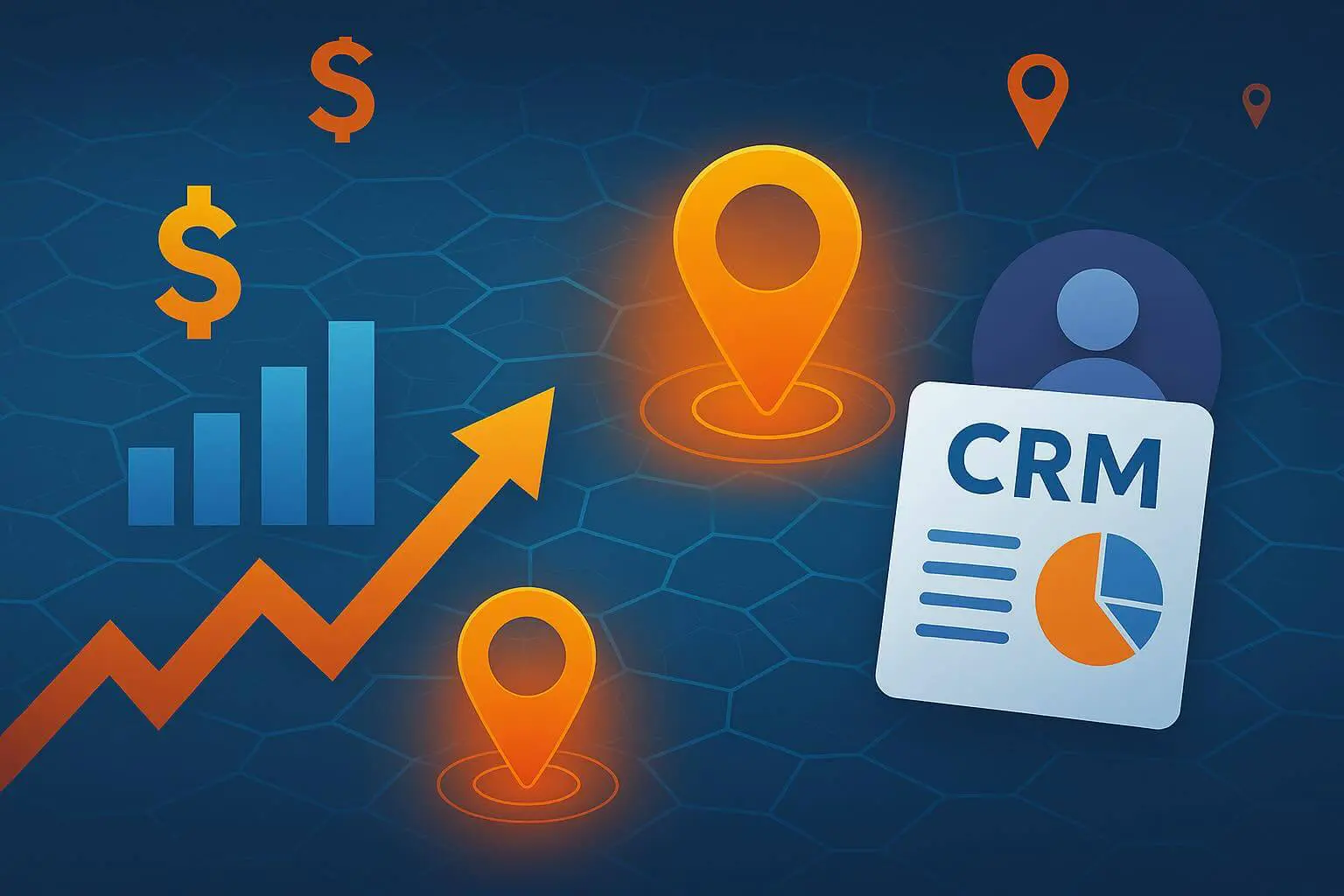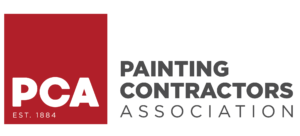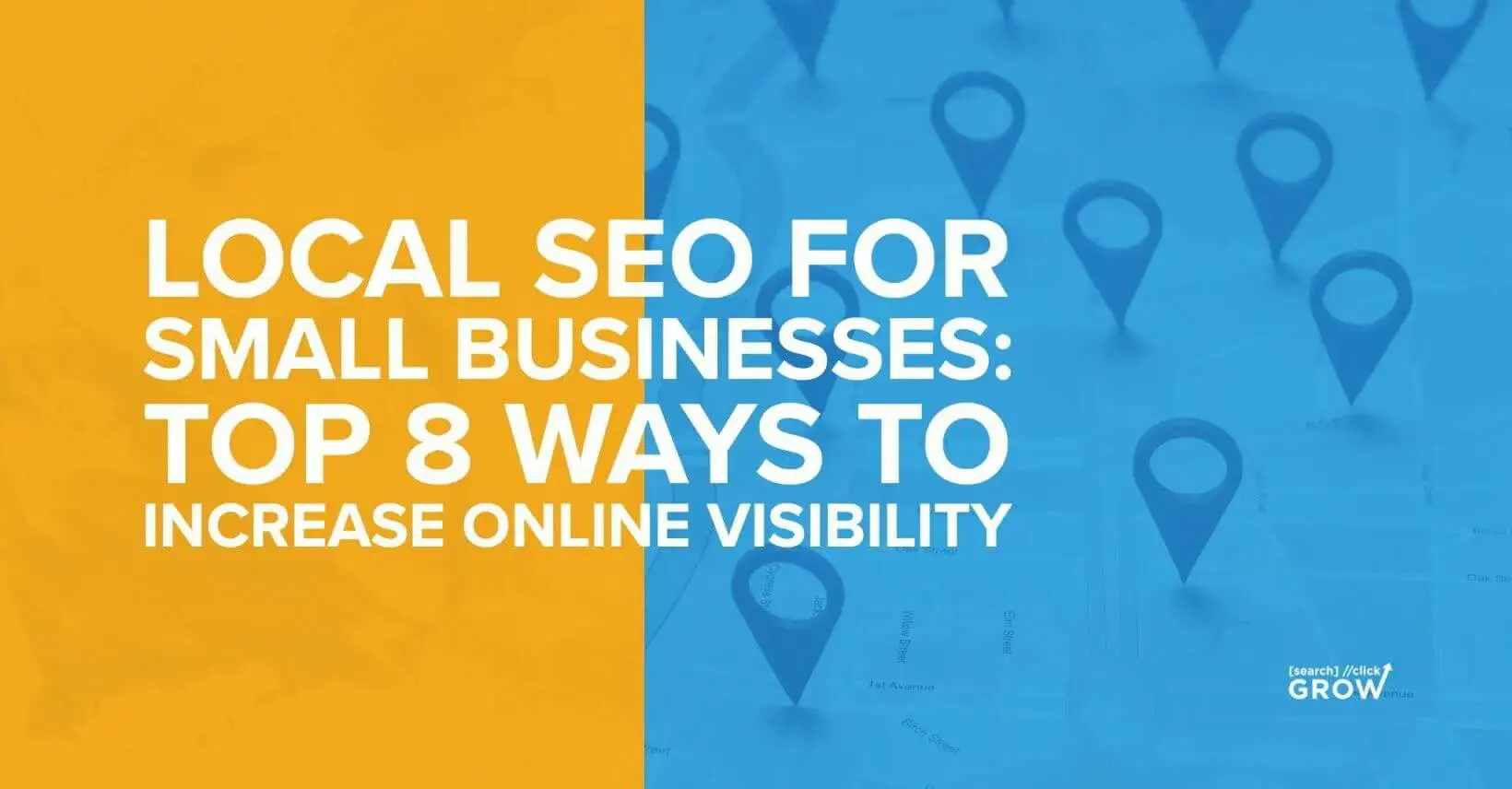
Local SEO for Small Businesses: Top 8 Ways to Increase Online Visibility
Did you know that 86% of customers use Google Maps to look for businesses in their area?
If you want to expand your brand’s potential, it’s time to start looking into local SEO for small businesses. It’s what allows all of the businesses you see on the “Near Me” section to appear on top of the search results.
If you’re not trying to optimize your website to fit the best SEO practices, you’re missing out on a lot of exposure.
The best thing about local SEO can be found in its name alone: it’s local. You likely won’t have to compete against large-scale national companies because your audience will be looking for businesses in your area specifically.
Even so, local SEO isn’t easy nor is it a ticket to overnight success. You won’t rank high on search engine results unless you’re willing to put in the work and learn the best practices.
In this article, you will learn about everything you need to consider when optimizing your website for local SEO, including:
- How to utilize specific tools and resources to your advantage
- How to work with Google’s ranking process
- Learning what to change on your website to achieve better results
Top 8 Ways to Increase Online Visibility for Small Businesses
Learn more about how to increase your visibility through local SEO for small businesses by following these tips:
1. Find Local Keywords
Keywords are a vital part of local SEO. You’ll want to identify all of the local keywords that apply to your business. You can do so by trying out different SEO applications or platforms that can generate these keywords for you.
There are a lot of services out there that can help you find the keywords you need such as:
- Ahrefs
- SEMRush
- Google Keyword Planner
- Ubersuggest
All you need to do is input keywords that are relevant to your business. For example, you’d need to put ‘coffee shop Chicago’ if you’re running a business in that area.
From there, you’ll receive a list that contains up to thousands of keywords that you can use to optimize your website for local SEO. It will also display useful information like the keyword search volume and how difficult it is to rank for that term.
2. Organize Your Website and Utilize Keywords
Having a website to showcase your services or products is a great way to boost your visibility, especially once you have identified your local keywords.
You can begin using the local keywords you generated in your website text. These are typically included in pages like “About Us” or “Services”. This gives you an opportunity to describe your business while adding keywords for exposure.
Here’s a tip for you: SEO doesn’t depend on repetition. It was once a good method for ranking on search engines but it doesn’t really work anymore because Google’s algorithm has been updated.
Instead, you can try sneaking in your keywords in spots that make the most sense and offer more substance. Using keywords less frequently also makes the text more readable for your audience.
Some of the best places to add your keywords are your headings and titles. You can sprinkle a few local keywords in the text as long as they’re evenly spaced out and relevant to the topic.
3. Create Separate Pages for Different Locations
If you have different branches available for your business, then you can definitely benefit from creating a separate page for all of your business locations. This provides you with more opportunities for local SEO.
Each location has a unique set of demographics and keywords. You are missing out on so much potential exposure if you only have a single page for all of your locations. By creating different pages for each location, you can maximize the use of all relevant keywords in that area to help your site rank better.
Aside from local SEO benefits, it also makes your website look more organized. You could add all of your location-specific content to one page, but it would end up looking too long and cluttered.
It’s best to create a “Locations” tab that includes all of the separate pages for each location. This way, both search engines, and your audience will be able to digest your content with ease.
4. Claim Your Google Business Directory
If you want to rank on Google, then your Google My Business profile is one of the first things that you should prioritize.
If you don’t know what that is, then it’s the tab that appears when you search for shops or businesses online. It contains all of your business’ information, such as your contact details, address, and customer reviews.
If you haven’t claimed your business directory yet, then you can do so by clicking the “Claim this business” button at the bottom of the tab. From there, you’ll be able to add more details to the listing.
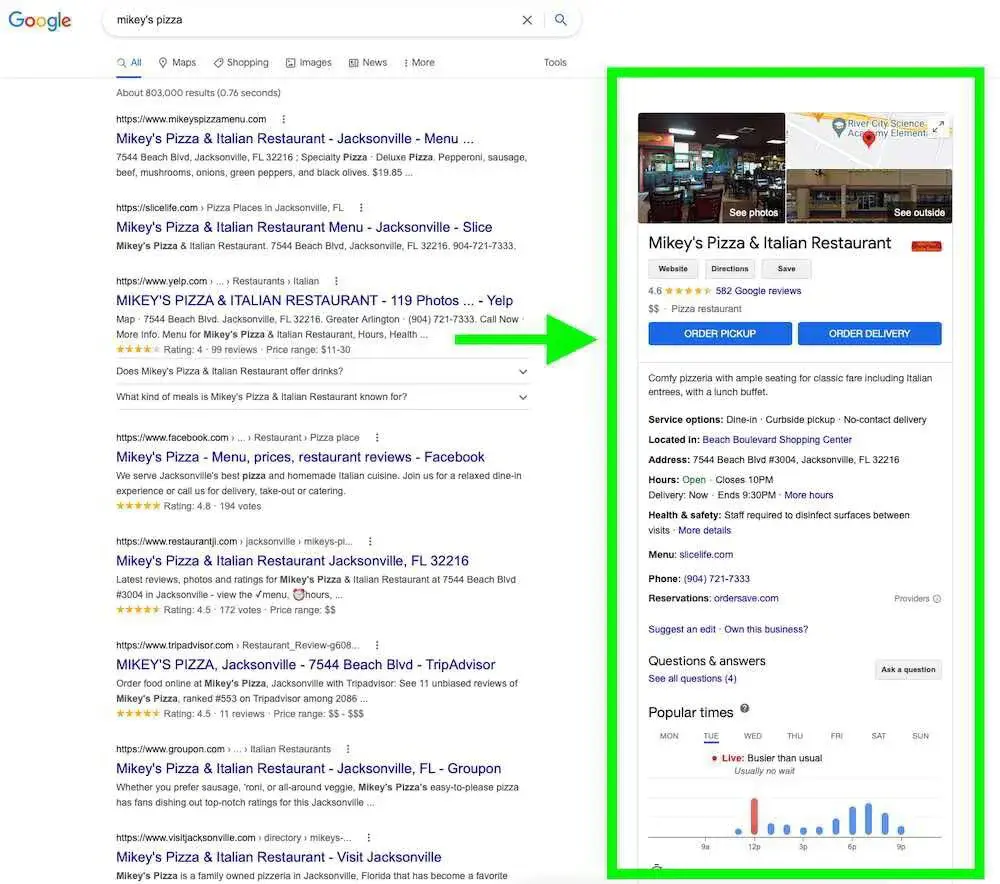
First, put all of your contact details and address. Make sure that all of them are consistent with the details listed on your website.
If any changes occur, make sure to update both platforms right away. Don’t forget to add your website link to the listing as well, as this will help Google identify that the listing is directly related to your website.
Aside from your contact details, you’ll also be able to input a brief description of your business. You need to make this section interesting, informative, and SEO-friendly.
Use the local keywords that you generated from the keyword research you did in your description. Adding high-quality photos to your listing is also a nice touch, as it helps customers identify your business and build their first impression.
5. Encourage Customers to Leave Reviews
Customer reviews are one of the most powerful assets that a business can possess.
95% of customers read reviews before making a purchase while 92% are encouraged to buy a product after reading a positive review.
Aside from its direct benefits to a business’s sales, it also contributes greatly to local SEO for small businesses. Search engines are more likely to recognize your business’ authority and usefulness once you consistently generate high ratings and have more people talking about you.
These listings will also appear directly under your Google my Business profile, so potential customers will be able to see what people are saying about your business right away.
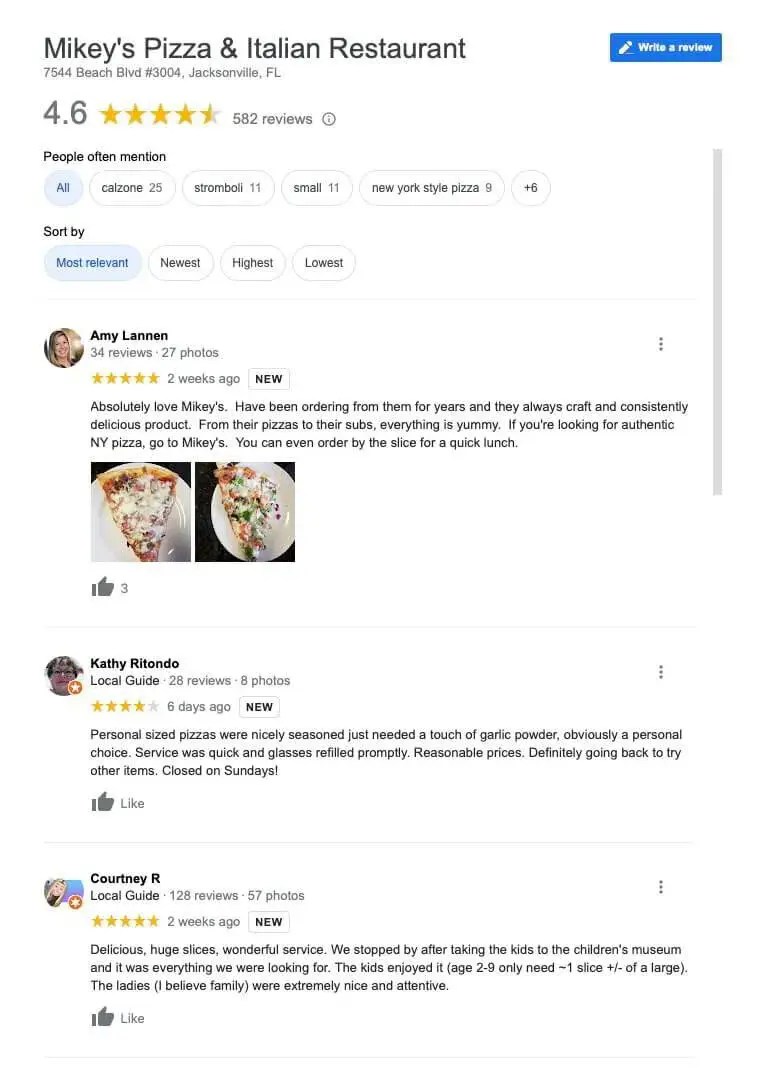
Here’s another tip for you: Some customers will skip out on leaving a review after making their purchase, so it’s best to prepare an incentive that will reel them in.
- For your physical store, you can start handing out business cards to encourage customers to leave their reviews. You can also hand out freebies in exchange for customers giving their feedback.
- For online purchases, you can reach out to your customers and offer a freebie for their next visit or create a special discount code that they’ll be able to use for their next purchase.
- If you want something more creative, then you can also host a giveaway. Each review from your customers will serve as their proof of entry.
As an extra boost to your credibility, make sure to respond to these reviews when you can. Whether they are negative or positive feedback, responding to them shows that you are active and attentive to their needs.
6. Release Helpful and Informative Content
A great way to start optimizing your page for local SEO is by creating blog posts. Start by picking out relevant topics to your business and begin writing about them.
For example, you’re running an IT management or repair service. You can create blog posts about troubleshooting issues and how to fix them.
One of the most common blog posts used to rank local businesses is by creating a ranking list. If you create something like ‘Top 10 IT management services in [location]’, then you’ll have more opportunities to use local keywords while showcasing your business.
For every blog post, you create, make sure that you are including a conclusion that contains information about your business.
Include what you do, who your business is for, and how you can help resolve the conflicts discussed in the article. Top it all off with a catchy CTA that will encourage them to check out your products or services.
Through this method, you’ll be able to reach a wider audience. Even if someone isn’t looking to invest in your services right away, creating helpful blog posts is a great way to establish authority and trust with potential customers.
Generate More Backlinks
Another benefit to creating informative content like blog posts is that it can help you create more backlinks for your business. Backlinks are generated once someone cites or links to your website in their content.
Backlinks can contribute greatly to your authority, especially if your content was linked to large and reputable websites or companies. This will help search engines recognize you as a reliable source of information.
The real challenge is actually getting these reputable sites to link to your profile. It’s not as easy as it sounds.
The best you can do is keep creating authoritative, accurate, and useful content.
Make sure that you are utilizing keywords wisely to ensure that your content is more visible to those who need them.
7. Make Sure Your Website Is in Good Condition
Having a glitchy or non-functioning website can harm your ranking on search engine results. Make sure that you are frequently monitoring the condition of your website.
Search engines can detect if your site isn’t functioning properly. The most common problems that affect your local SEO ranking are:
- The loading speed of your website
- The number of pages that lead to errors
- Inconsistent information within the text
Some technical errors can also prevent search engines from scanning your site completely, which means that it won’t be able to qualify for local SEO or will receive a low ranking.
For instance, Google has a specific process that allows it to search for and rank pages. It’s separated into two parts: crawling and indexing.
Crawls are meant to find new content to input into the database, while the index stores and generates relevant pages upon making a new Google search.
If technical issues arise in this area and Google is unable to perform its initial crawl, then your webpage might not appear in search results at all.
In this situation, it’s best to have an in-house IT team on standby to constantly monitor and manage your website. Frequent checks are recommended, especially if you’ve recently made any changes to your pages.
8. Optimize Your Website for Mobile Devices
Mobile devices are responsible for a significant amount of traffic in local SEO for small businesses. In fact, 78% of purchases are made based on local searches from mobile devices.
A mobile layout is very different from a desktop layout. The orientation is different, certain elements will appear oddly sized, and some pages may be completely inaccessible.
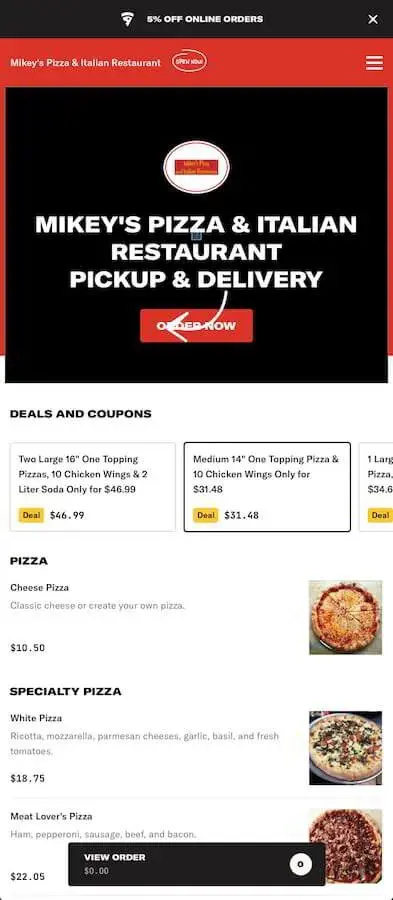
If you haven’t created a mobile-friendly version of your current business website, then you are not making the most of your business’ exposure potential.
Optimize your site to become mobile-friendly. After that, make sure to double-check all of the pages and links, as some of them can be altered during the transition.
Conclusion
Increase your business’ visibility today by using local SEO for small businesses. Use all of these practices to enhance your platform and you should begin seeing a major difference in your traffic, sales, and engagement.
Work with us today to find out how you can take your online presence to the next level.

